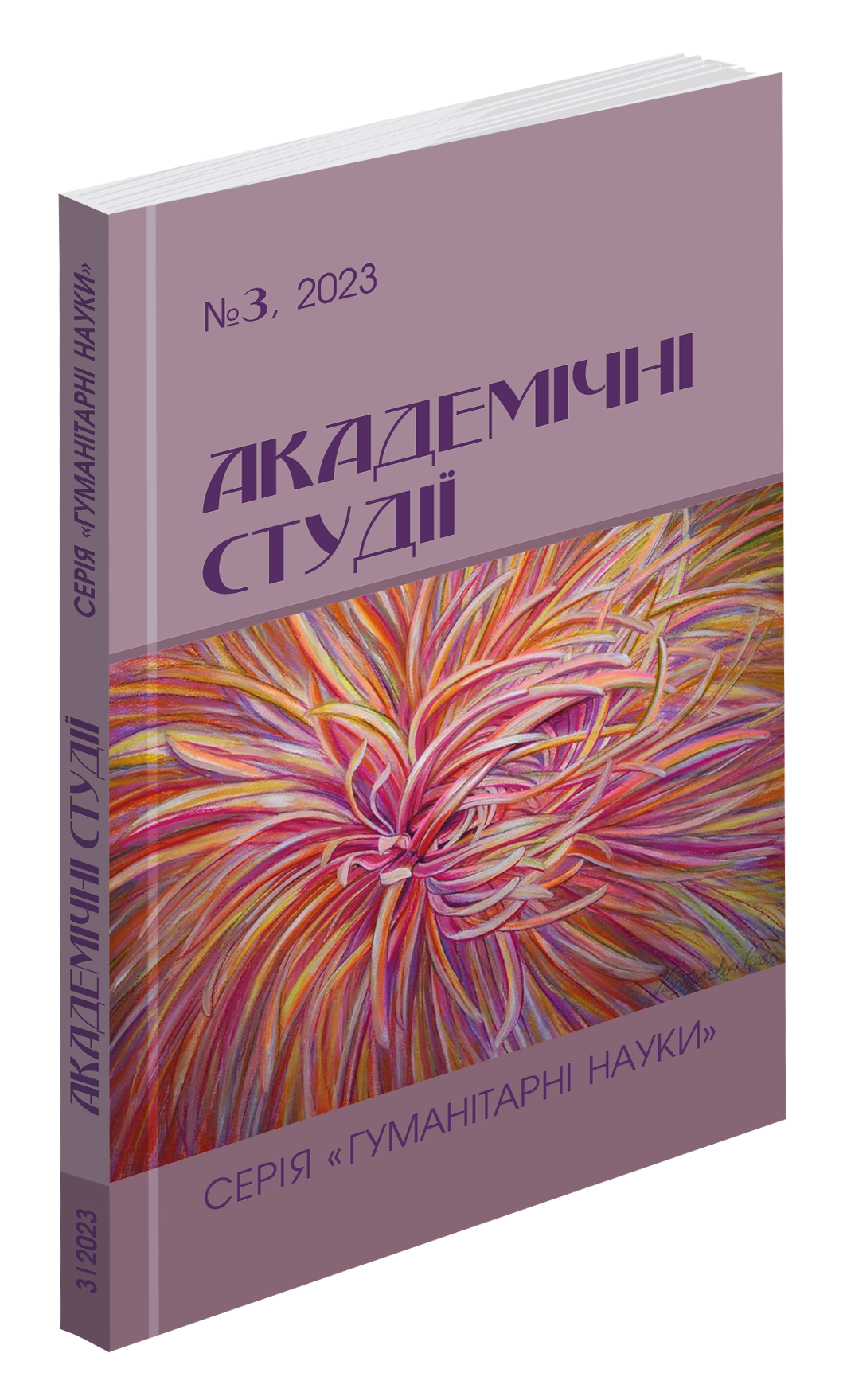Abstract
The article examines and analyzes the main approaches to the study of simile in modern linguistics. Simile, as a stylistic device, is one of the most widely used tropes, therefore, it receives a lot of attention in linguistic science. Researchers define the role of simile as an element of discourse involved in its construction, consider simile as a functional-semantic category, characterize the linguistic status of stable simile and give its interpretation, highlight the artistic features of simile and the main ways of presenting simile, consider the simile in a linguistic and cultural key. In domestic and foreign linguistics, simile is considered both as a trope and as a device of a non-tropical type. Particular attention in the theory of simile is paid to the development of its typology. The most common division is based on semantic and structural characteristics. In the structural differentiation of similes, scientists distinguish two approaches: dividing similes according to connecting words or the number of indicated characteristics, and also dividing according to the structure of similes. Within the framework of semantic differentiation, most researchers distinguish stable and individual similes. Simile as a trope has many functions, which defines it high pragmatic potential. Simile serves as a means of cognition and mastery of reality; culture creates the basis for trope formation. Along with structural and content parameters, an important role in the process of analysing similes is played by the functional characteristics of the latter, due primarily to their tropical nature The trope is a reflection of the personality of its creator, conveys complex content, new meanings and characteristics, evaluativeness and emotiveness. It is also important that simile enhances the expressiveness of speech and has an aesthetic effect on the reader.
References
Bredin H. Comparison and Similes. Lingua. 1998. Vol. 105. Р. 67–78. DOI: 10.1016/S0024–3841(97)00030.
Cuenca M. J. Beyond compare similes in interaction. Review of cognitive linguistics. 2015. Vol. 13, № 1. Р. 140–166. DOI: 10.1075/rcl.13.1.06cue.
Fishelov D. The Structure of Generic Categories: Some Cognitive Aspects. Journal of literary semantics. 2007. Vol. 36, № 1. Р. 71–87. DOI: 10.1515/JLS.2007.004.
Fromilhague C. Les Figures de Style. Paris : Nathan, 1995. 233 p.
Gargani A. Similes as poetic comparisons. Lingua. 2016. Vol. 175. Р. 54–68. DOI: 10.1016/j.lingua.2015.10.019.
Haught C. Tale of Two Tropes: How Metaphor and Simile Differ. Metaphor and symbol. 2013. Vol. 28, № 4. Р. 254–274. DOI:10.1080/10926488.2013.826555.
Hussein R., Sawalha M. Corpus-based Study of Similes in British and American. Arab World English Journal (AWEJ). 2016. Vol. 7, № 2. Р. 49–60.
Masegosa A. G. A cognitive approach to simile-based idiomatic expressions. Circulo de linguistica aplicada a la comunicacion. 2010. Vol. 43. Р. 3–48.
Orthony A. The Role of Similarity in Similes and Metaphors. Methaphor and Thought. Cambridge : Cambridge University Press, 1993. Р. 342–356.
Shamisa S. Rhetoric. Tehran : Payamnoor Publication, 2004. 45 p.
Veale T. Humor – The cognitive mechanisms of humor. International journal of humor research. 2013. Vol. 26В, № 1. Р. 3–22. DOI: 10.1515/humor–2013–0002.
Vrbinc M., Vrbinc A. Archiv fur das Studium der Neueren Sprachen und Literaturen. 2014, Т. 251В, № 2, pp. 310–333.

